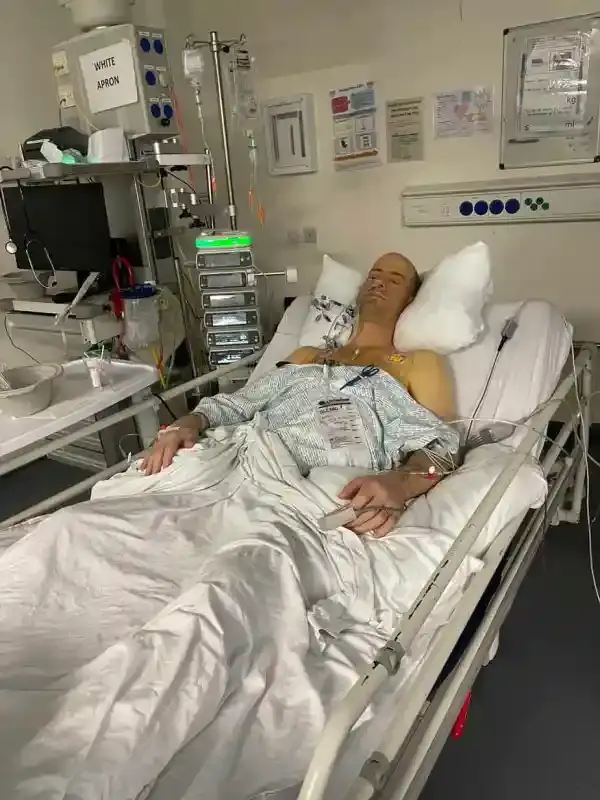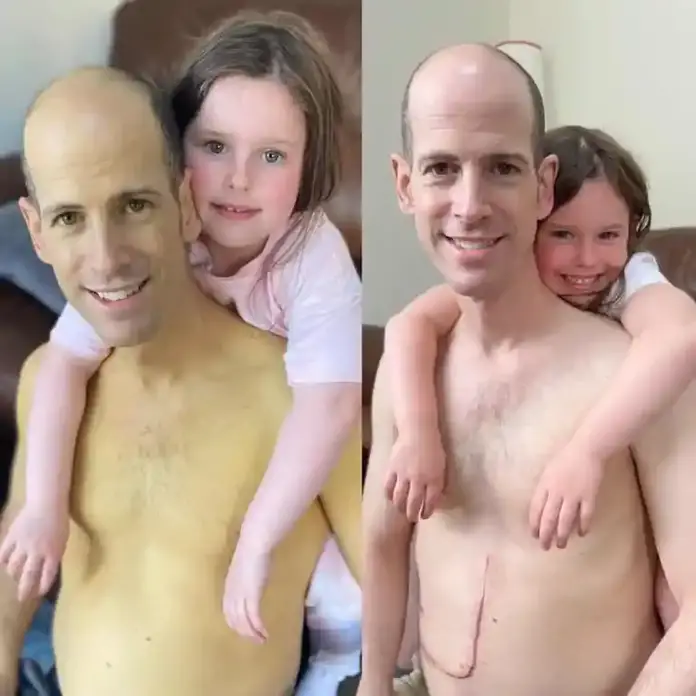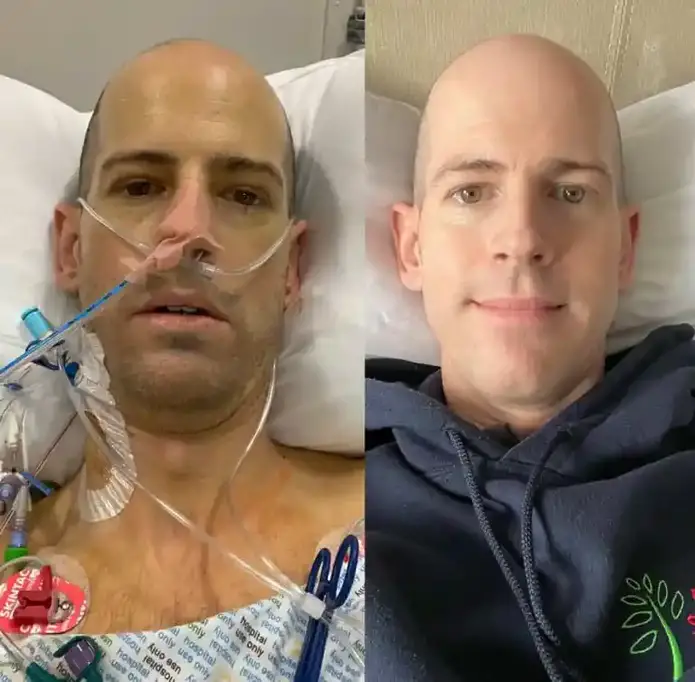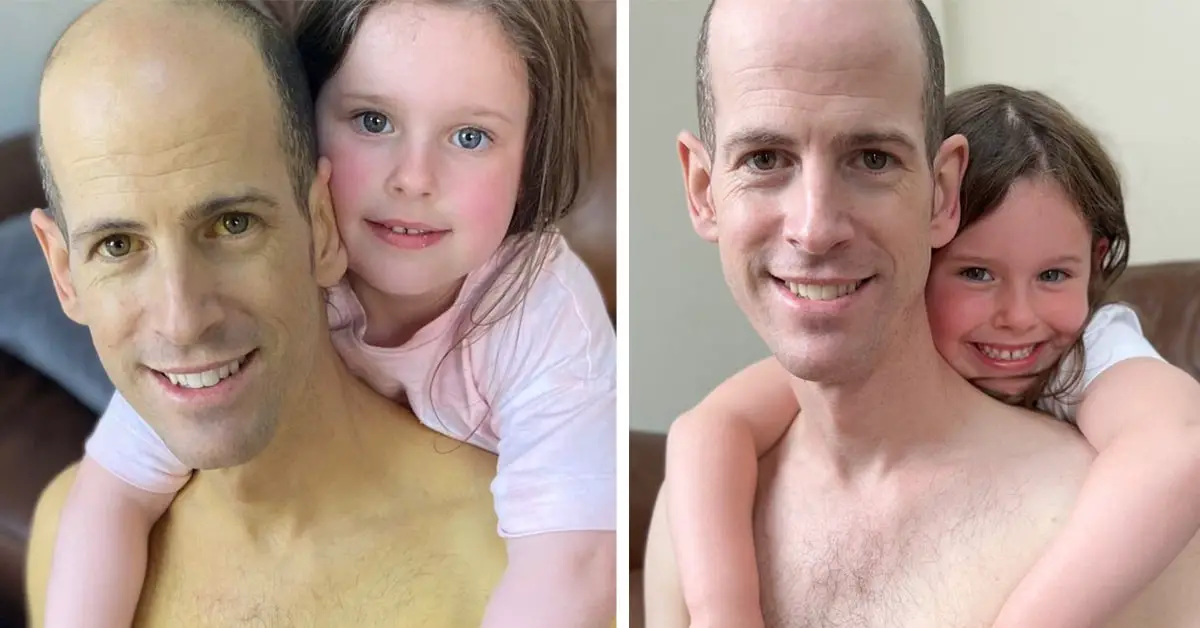It is common knowledge that individuals who donate their organs to others may save lives, yet, the waiting list for those who are in need of an organ transplant is often quite lengthy.
Because the number of people willing to donate organs is significantly lower than those who have life-threatening illnesses, it is imperative that the incredible impact of organ donations be brought to light to demonstrate how donors can transform the lives of recipients.
According to the World Health Organization, in only the last half century, the successful transplantation of human cells, tissues, and organs has spread around the globe as a standard medical procedure.

Transplants are especially useful in situations where the recipient no longer has access to other therapies or choices since this allows them to save lives and restore vital functions.
The Global Observatory on Donation and Transplantation recorded a total of 129,681 organ transplant procedures in the year 2020. The highest number of transplants included the kidney (80,926), followed by the liver (32,586), and then the heart (8,101).
The data show that there was a reduction of 17.6% in the number of organ donors registered in 2019 as compared to the previous year.
More effort should be made to demonstrate that organ transplants save lives to attract more individuals to register as organ donors.

When Gareth Weeks of Fife, Scotland, most recently uploaded his photographs on Twitter, he had the specific intention of accomplishing this goal.
The before and after images of him with his daughter Zara, who is six years old and has identical poses, reveal the difference in Zara’s appearance after a liver transplant.
In his message, Weeks proudly proclaimed, “Organ donation definitely can save lives!” Donating organs, whether while someone is still alive or after someone has passed away, unquestionably provides people with a second opportunity to live a long and healthy life.
In the first picture, Weeks’ stomach is distended, and his complexion is almost completely yellow from jaundice. Jaundice is a side effect of primary sclerosing cholangitis, an irreversible chronic liver condition that Weeks suffers from (PSC).

The second picture reveals a startling transformation; his stomach is no longer distended, and Weeks’ skin seems to be in good condition. A significant scar caused by surgery is also visible on his belly.
The first picture was shot on May 11, 2022, before Weeks received the contribution that would alter the course of his life. The next picture was taken of him just six weeks after he had gotten a liver transplant.
Weeks demonstrated to everyone how organ donors offer people the most important gift there is: the gift of life. He was beaming with joy, and his skin had returned to its usual tone. He continued by saying, “Please discuss it with your loved ones and let them know your preferences.”
When we first met Weeks, he was always weary even though he regularly got more than enough sleep. He blamed his exhaustion on the fact that he was a new parent at the moment, but then he started experiencing stomach ache, cramps, back pain, and jaundice. He also became jaundiced.

When he initially began experiencing liver problems, primary sclerosing cholangitis was discovered to be the cause. He said, “I had no notion what it was.” (I had no concept what it was). PSC develops when the bile ducts in the liver get obstructed for whatever reason.
The accumulation of bile then causes damage to the liver. People who have PSC may only have ten to twelve years left to live if they do not get treatment for their condition. Weeks quickly came to the realization that he required placement on a waiting list for an organ transplant.
He said, “Over the course of the subsequent few months, I was attempting to come to grips with having a chronic condition, but it was bizarre since physically, other than being exhausted, I felt OK.”
Weeks became very unwell in 2021, prompting his attending physicians to place him on the transplant waiting list for the month of September. He waited agonizingly long, seven months to be precise, for the call that would save his life and restore his health.

On May 16, 2022, he was finally given some encouraging information: he was a suitable recipient for a liver that had become available. Weeks said, “Once the surgeon gave the go-ahead, the next thing I remember was waking up in the intensive care unit at 8:30 a.m. the following day with a breathing tube in my neck.”
After just two weeks in the hospital after his successful transplant, Gareth could finally go home. After a period of six years, his liver function has finally returned to the normal range. He is grateful to the organ donor who gave him a second chance at life and felt immense gratitude for them.
“But because of the kindness of my donor and their family, I am once again enthused about my future. Gareth expressed his desire to spend his next vacation in South Africa with his family and “finally ride the bicycle I got a few years ago and start golfing again.”
Weeks is more determined than ever to take advantage of this clean slate and experience life to the utmost possible extent. Weeks has high expectations that more individuals would be moved by the powerful images he has taken to become organ donors or “real heroes” for the sake of others.





